On the Northern coast of Africa sitting on the Mediterranean, the country of Tunisia is immediately south of Italy, and bordering Algeria on one side and Libya on the other. Like much of the Mediterranean world, there is a rich cultural heritage and history here and it’s in Tunisia where Rome arch-nemesis Carthage was established.
Settlers from Phoenicia and Sidon established the Carthaginian Empire and fought Rome on three different occasions during what would become known as the Punic Wars. While the Romans eventually won in 146 B.C.E, it was said that the Roman General Scipio Africanus wept in Carthage’s destruction. While the Carthaginian Empire might have been destroyed, subsequent rulers were the Vandals, Byzantium, Arab Caliphates, and the Ottoman Empire before finally succumbing to European Imperialism and becoming a French protectorate.
While the country used to be very big on European tourism, that has fallen a little to the wayside in recent years, but that doesn’t mean the infrastructure isn’t there to enjoy an authentic experience. There are plenty of different ways to experience a trip in Tunisia.
Whether you’re looking to spend some time relaxing on the beach, getting some sun and swimming in the sea, or checking out the variety of UNESCO World Heritage Sites, Tunisia is one of the most underrated spots in Africa. If you’re visiting this gem on the Mediterranean, check out these amazing things to do in Tunisia.
Walk Through the Remains on Ancient Empires
Despite Scipio conquering the armies of Hannibal and defeating the Carthaginians in the Third Punic War, the area of Carthage still technically remains. From the 6th century B.C.E, Carthage was one of the most powerful trading empires in the south Mediterranean. Spanning over half a million people, the Romans destroyed the city when they attacked, eventually redeveloping the area as the capital of Roman Africa.
Located just outside of the Tunis city center, Carthage of the modern era is a mostly affluent suburb that doubles as a UNESCO World Heritage Site.
As one might expect, there are plenty of things to see in Carthage. Hike up Byrsa Hill and take in the sweeping views of the ocean gulf and the plains to the west. The high point on the top of the hill has naturally made a strategic spot. The area is mostly walkable and a few highlights to check out include:
Antonin Baths: The Antonin baths are the largest Roman bath ruins outside of Rome itself. More than just the baths though, the area also houses a Punic cemetery, Punic kilns, mosaics, a chapel, and old houses. A great spot for getting a glimpse into what old Carthage might have been like. The Presidential palace is also located here and while it’s an interesting site to look at, it is strictly forbidden to take pictures of it.
Carthage Museum, and the Acropolium: Documenting both the Roman and Carthage Empires, the Carthage Museum, and the Acropolium is a great way to spend an afternoon. The museum grounds themselves offer sweeping views of the city and the coast and include the ruins of former streets. The site of a former library, chapel, statues, and more can be observed here.
Amphitheater: Surrounded by rolling hills and a forest, this ancient Roman amphitheater has seen some better days but nevertheless it is a prominent ruin that adds to the charm you’ll find in Carthage. It’s a relatively quick tour and you can walk around and observe the space in little time. It’s also a pretty great spot for a picnic.
See the intricate artistry of Rome in The National Bardo Museum
Even if you’re not really the museum-going type, the absolute beauty of the National Bardo Museum will have you taken aback. Even the building it’s situated in is steeped in history and outside of Cairo, the National Bardo Museum is one of the most important museums in Africa, especially for showcasing the richness of Mediterranean Africa.
The museum’s collection is located in the former palace of the Tunisian monarch of the Husainid Dynasty. With its immense amount of collections, artifacts, and pieces, the museum traces the history of Tunisia over millennia.
The National Bardo Museum has the largest collection of Roman Mosaics thanks to the excavation of various historic sites around the country including Carthage, Dougga, and Utica. Not only are the mosaics wonderfully kept intact but their uniqueness paints a portrait of everyday life in Roman Africa. On top of their immense collection of Roman mosaics, the museum also hosts the famous Blue Koran of Kairouan and a collection of ceramics from North Africa and Asia Minor.
Soak up the Sun at Hammamet
While museums and historic sites are well and fun, you’d be amiss if you didn’t spend some time on the beach. Hammamet is located on the Cap Bon Peninsula. The peninsula itself is the northernmost point in the country with its southern shores making up part of the Gulf of Tunis.
The town itself is beautiful and laid with white-painted houses and a bright blue sea reminiscent of the Greek islands. It’s the spot for laid-back days on the beach, soaking up some sun, and maybe strolling into town for a fresh seafood meal while you look out onto the sea. Take a stroll in the medina or shop for something at the souk.
Go to a Galaxy Far, Far Away
For any fan of the Star Wars franchise, you probably already know that many places around Tunisia were used for filming the first 1977 movie Star Wars: A New Hope. The name of Luke Skywalker’s home planet “Tatooine” is based on the southern Tunisian desert city of “Tataouine”. But if you know where to look there are still plenty of Star Wars landmarks around the desert that make up interesting cultural spots as well as a must-see for fans of the franchise.
Hotel Sidi Driss: For every Star Wars fan, the Hotel Sidi Driss should be one of the must-see places to visit. It’s the place where many memorable scenes were filmed including Luke Skywalker’s childhood home. While fans of the franchise will no doubt love its significance and seemingly “otherworldly” style to many locals, it’s just a standard Berber design.
Adobe caverns dug into the ground are prime examples of traditional Berber architecture and while the exact date of this settlement is unknown, most experts date them as far back as the second Punic Wars. If the name hasn’t given it away, the Hotel Sidi Driss is open for business as a hotel and can accommodate up to 145 guests. Not only is it perfect for Star Wars fans, but it also offers a unique chance to stay in a traditional Berber accommodation.
Mos Espa: Fans will recognize the Mos Espa as the bustling spaceport town in Tatooine where the daily life of aliens and other species interact, trade, and live. Home to Anakin Skywalker, it’s here where much of the filming took place for the 1999 movie The Phantom Menace. While a lot of elements were added-in with CGI, there are still plenty of recognizable structures such as “moisture vaporators”. The location is pretty remote but it is big with tourists so it shouldn’t be hard to find a tour operator or guide to lead the way.
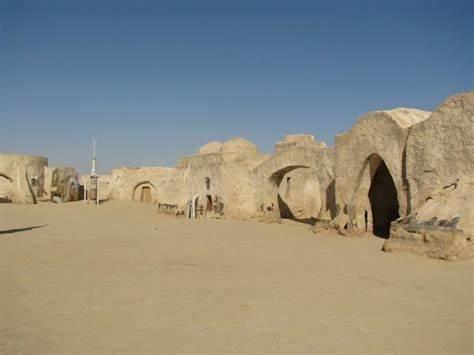
Star War fans will love to explore the locations of the film settings.
Indulge in the Local Cuisine
Wherever the French go, they leave a mark on the local cuisine and Tunisia is no different. While the experience of food and restaurants vary from place to place, the capital of Tunis offers enough of a cosmopolitan flair where you can experience both the delicious flavors of North African cuisine along with the refined tastes of European cooking.
When it comes to food, the palate of Tunisia is very much Maghrebis. Stews and couscous make up a large portion of meals along with the distinguishing spicy flair of harissa chili. Lamb makes up a large portion of meat which is found in dishes such as “shorba frik” a lamb soup, “coucha” lamb shoulder cooked in cayenne and turmeric, or Berber lamb stew. Other staples include merguez sausages, “khobz tabouna” a traditional oven-baked bread usually served alongside the quintessential harissa.
If you’re looking to indulge in your sweet tooth Tunisian cakes and sweets are found pretty commonly. Sweets are typically made with fruits and nuts like figs, dates, and almonds, while treats such as baklava are also pretty common. Almond-Orange cake is typically served with breakfast but they make for a pretty good dessert too.
Finally, if you’re looking for something with a more European-flair “bambaloony” (or bomboloni) is an Italian-style sphere donut-type cake served with a sugar topping and occasional filling like fruit jam or chocolate.
Tunisia is a majority Muslim country but it’s also a progressive one. The sale of alcohol is legal here with the drinking age set at 18. Drinking out at restaurants will typically cost a bit more than if you’re self-catering and if you are be sure to stock up when you can because sales of alcohol are hard to come by during Muslim holidays.
When it comes to more local specialties, Tunisian wine is pretty decent, and local spirits such as “boukha”, a brandy made from figs is something tourists should try. Tunisian cappuccino is more akin to espresso and served very strong in a little cup, while tea is generally consumed after meals and sweet peppermint tea is your all-day go-to beverage.
Parc du Belvédère
While the country and the city of Tunis sit along the temperate Mediterranean coast, Tunisia is also partly in the Sahara desert and can get pretty hot in the sun. If you’re looking for a little oasis in the bustle and sweat of the city, check out the lovely Parc du Belvédère. Situated amongst the olive groves of northern Tunis, this pasture of green and shade can provide just the right amount of respite.
The park was established in 1892 by Joseph Laforcade who was at the time, the head gardener for the city of Paris. His creation of the park was done in an English-style while still keeping original Tunisia landscape features such as the olive trees intact. The park provides a big green space in the middle of the city complete with palm trees, eucalyptus, and ficuses but if plants don’t interest you, Parc du Belvédère is also home to the city zoo. Over 155 different species of animals can be found here including lions, elephants, monkeys, and jackals.
Have a beach day in Djerba
Sitting further in the southeastern portion of the country, Djerba is a coastal city with a long history. Legend has it that Djerba is supposedly the island of the lotus-eaters mentioned in Homer’s Odyssey. Supposedly it is the island where Odysseus gets stranded. On a more realistic historic note, however, is the island’s Jewish community. Tunisian Jews have lived in Djerba for over 2,500 years.
Djerba is also one of the most prime destinations in the country for a beach holiday. If you’re looking to sit in the sun, work on your tan and enjoy the water, Djerba has it covered. The refreshing turquoise waters of the sea are second only to the soft pillowy white sand you’ll find on the beach. Near the coast, you’ll find shops and souks, fresh food to indulge, and plenty of peppermint tea to enjoy while you relax.
Our Final Word
Whether you want to walk through ancient Roman ruins, head out to the beach or explore where Star Wars was filmed, Tunisia has it all. Directly across from Italy, Tunisia is a progressive country that is part desert and part sea. Enjoy all of it and though it might seem like you are in a galaxy far, far away, Tunisia is only a quick flight from Europe.
1 Comment
Submit a Comment
Related Posts
Exploring the Untouched Beauty: 5 Must-Do Activities in Uganda
Embark on a Ugandan adventure and witness the raw beauty of its landscapes. Trek through misty jungles to observe mountain gorillas, cruise the Nile at Murchison Falls, spot tree-climbing lions in Queen Elizabeth Park, marvel at Lake Bunyonyi’s serenity, and hike the snow-capped Rwenzori Mountains. Uganda’s untouched splendor awaits your discovery.
The Human Connection: Why We Should Care About People We Meet on Our Travels
“The Human Connection” explores the profound impact of human interactions during travels. It emphasizes the importance of embracing local cultures, understanding diverse perspectives, and forming meaningful connections. This post encourages readers to see beyond tourist spots and delve deeper into the heart of the places they visit, through the people they meet.
Why Climate Change Matters: Understanding the Threat to Our Planet
Climate change is not just an environmental issue; it is a threat to our very existence. Rising temperatures, extreme weather events, and melting ice caps are just the beginning. The consequences of inaction are dire, affecting ecosystems, economies, and human lives. It is imperative that we understand the urgency and take immediate action to combat this global crisis.

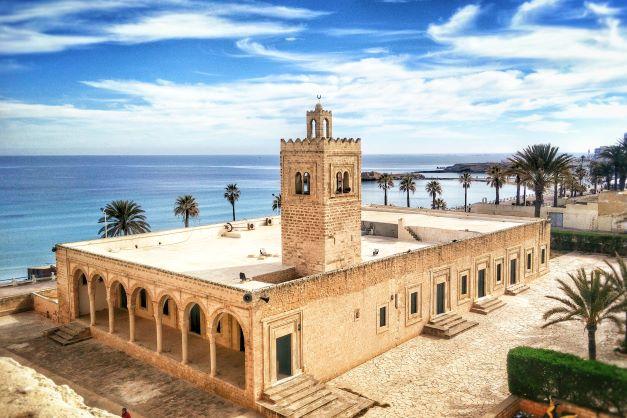
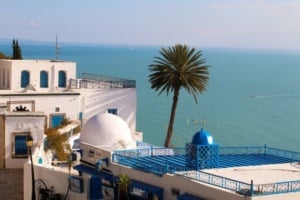
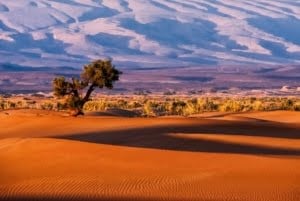
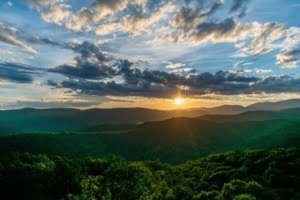
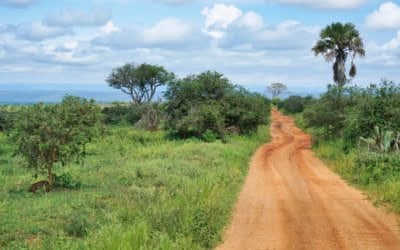

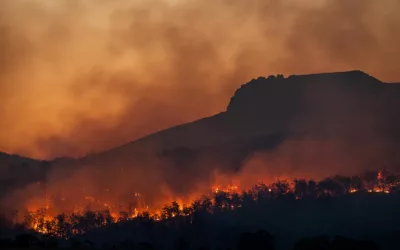


Great information. This is very helpful and useful. Thanks for making time sharing this piece. Im grateful . cheers!!